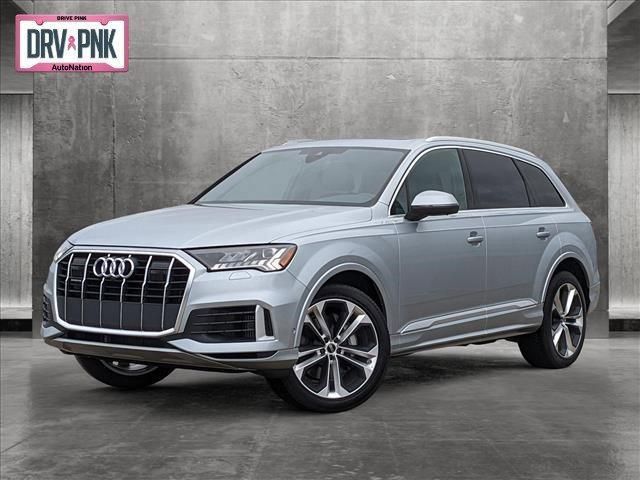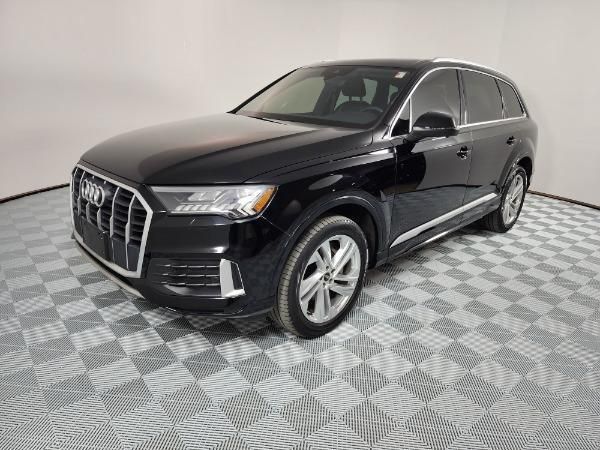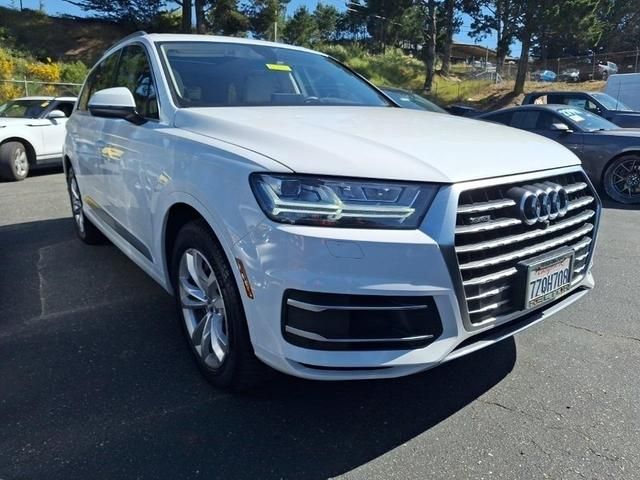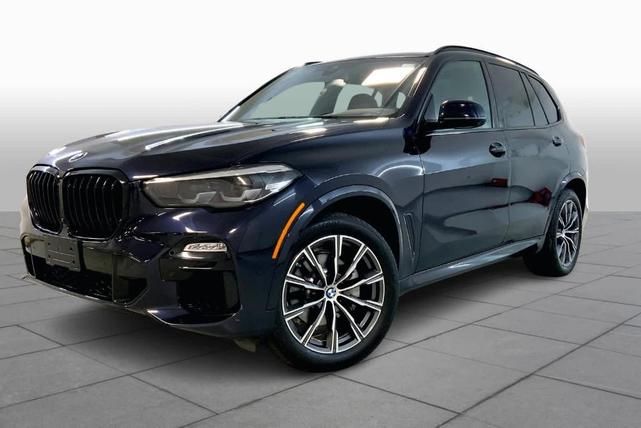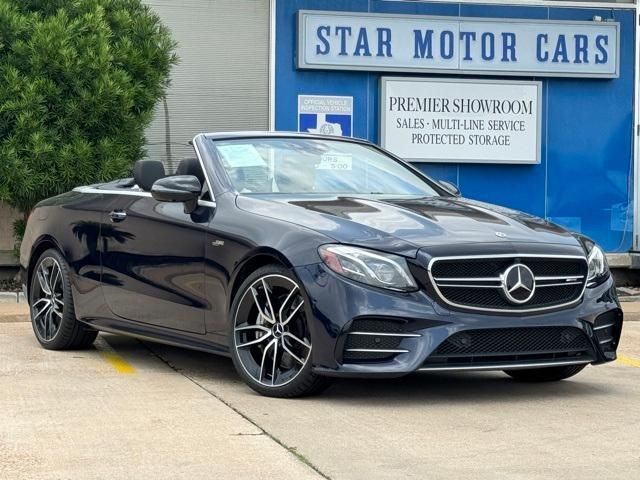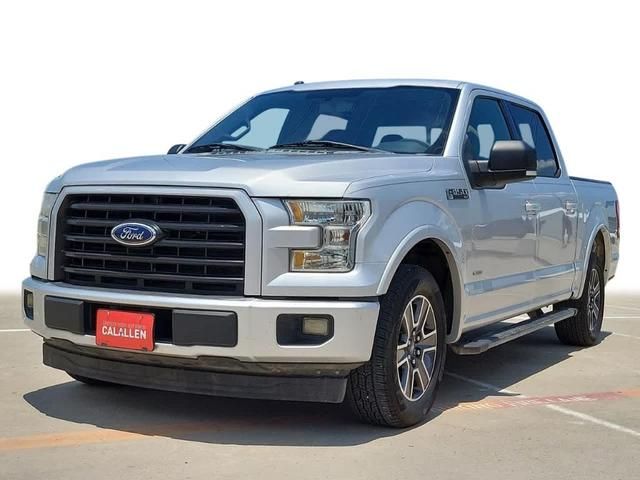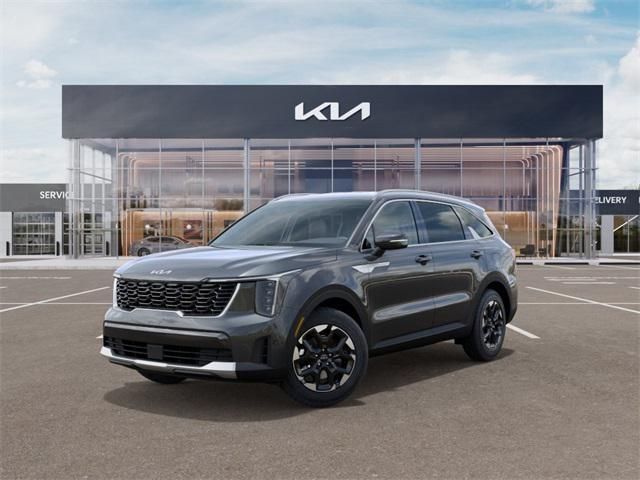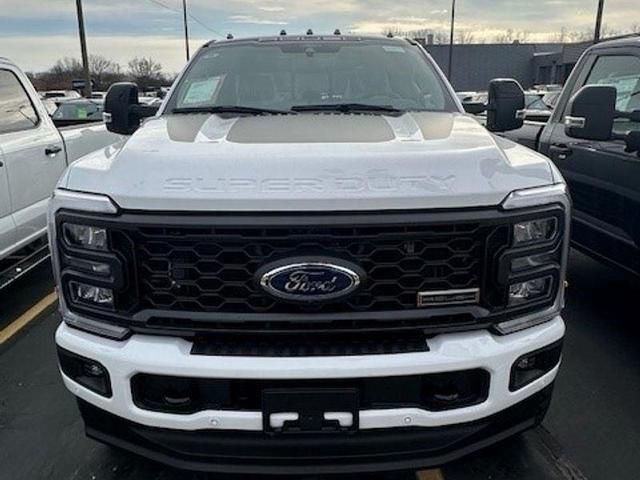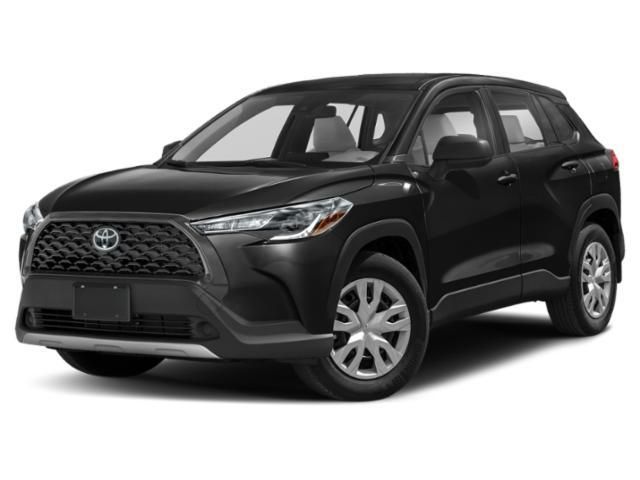
2024 AUDI Q7VIN: WA1LXBF72RD009503
Historical Records
MILEAGE INCONSISTENCY
REBUILT TITLE ISSUED
Vehicle involved in a sideswipe collision with another motor vehicle
Airbag deployed
| Year | 2024 |
| ODO | 381 mi |
| Seller | Hidden text (Hidden text) |
| MSRP | $8781 |
| Location | Valencia, CA, 91355 |
| Date | appeared 24 days ago latest price $5627 sale post disappeared 2020-04-22 |
| Sale Website Type | classifieds |
| Notes | |
| Hidden text | |


| Body Style | SUV |
| Color | Mythos Black Metallic |
| Color (Interior) | Black |
| Transmission | Automatic |
| Engine | 3L V-6 gasoline direct injection, DOHC, variable valve control, |
| Drive | All-wheel Drive |
| Fuel Type | Gasoline |
- 3-point seatbelt Rear seat center 3-point seatbelt
- 5206
- Accessory power Retained accessory power
- Hidden text
- Antenna Diversity antenna
- Hidden text
- Auto door locks Auto-locking doors
- Hidden text
- Aux input jack Auxiliary input jack
- Hidden text
- Bodyside insert Metal-look bodyside insert
- Hidden text
- Cabin air filter
- Hidden text
- Compressor Intercooled turbo
- Hidden text
- Digital signal processor Bang & Olufsen 3D Premium digital signal processor
- Hidden text
- Door trim insert Leatherette door trim insert
- Hidden text
- Dual Front Impact Airbags
- Hidden text
- Emissions tiers Tier 3 Bin 70 emissions
- Hidden text
- Exterior Parking Camera Rear
- Hidden text
- Fob remote vehicle controls Audi connect CARE smart device engine start cont…
- Hidden text
- Front camera Front mounted camera
- Hidden text
- Front seatback upholstery Plastic front seatback upholstery
- Hidden text
- Garage Door Transmitter: Homelink
- Hidden text
- Headliner material Cloth headliner material
- Hidden text
- Hill control Hill descent control
- Hidden text
- Integrated Toll Module
- Hidden text
- Leather Seating Surfaces
- Hidden text
- Memory Seat
- Hidden text
- Number of memory settings 2 memory settings
- Hidden text
- Overhead airbags SIDEGUARD curtain first, second and third-row overhead airb...
- Hidden text
- Passenger seat direction Front passenger seat with 8-way directional control...
- Hidden text
- Power Passenger Seat
- Hidden text
- Radio data system
- Hidden text
- Rear climate control Rear climate control system with separate controls
- Hidden text
- Rear seat direction Front facing rear seat
- Hidden text
- Rearview mirror Auto-dimming rear view mirror
- Hidden text
- Roof rack Roof rails
- Hidden text
- Second-row seat folding position Fold forward second-row seatback
- Hidden text
- Speakers Bang & Olufsen 3D Premium speakers
- Hidden text
- Spoiler
- Hidden text
- Steering Wheel Memory
- Hidden text
- Tailgate control Tailgate/power door lock
- Hidden text
- Third-row seat upholstery Leather rear seat upholstery
- Hidden text
- Traction Control
- Hidden text
- Turn signal in door mirrors Turn signal indicator in door mirrors
- Hidden text
- Virtual Assistant
- Hidden text
- Wheels 21 x 10-inch front and rear silver w/painted accents aluminum wheels
- Hidden text
- 12V power outlets 3 12V power outlets
- 8422
- AM/FM Radio: Siriusxm W/ 360l
- Hidden text
- Android Auto
- Hidden text
- Auto High-Beam Headlights
- Hidden text
- Autonomous cruise control Adaptive cruise assist with lane guidance hands-on...
- Hidden text
- Body panels Aluminum body panels with side impact beams
- Hidden text
- Bumpers: Body-Color
- Hidden text
- Compass
- Hidden text
- Delay-Off Headlights
- Hidden text
- Door panel insert Genuine wood and metal-look door panel insert
- Hidden text
- Drivetrain selectable Audi drive select driver selectable drivetrain mode
- Hidden text
- Emissions LEV3-ULEV70 emissions
- Hidden text
- Exit warning Audi exit assist external exit warning system
- Hidden text
- Fob engine controls Audi advanced key with hands-free access and push button...
- Hidden text
- Front Anti-Roll Bar
- Hidden text
- Front seat upholstery Leather front seat upholstery
- Hidden text
- Garage door opener HomeLink garage door opener
- Hidden text
- Headliner coverage Full headliner coverage
- Hidden text
- High mount stop light High mounted center stop light
- Hidden text
- Integrated navigation Audi MMI Navigation plus with Touch Response integrate...
- Hidden text
- Lane departure Lane Departure Warning
- Hidden text
- Low tire pressure warning Tire specific low air pressure warning
- Hidden text
- Number of first-row LCD screens 3 total number of 1st row displays
- Hidden text
- Overhead Airbag
- Hidden text
- Passenger doors rear right Conventional right rear passenger door
- Hidden text
- Power moonroof: Panoramic
- Hidden text
- Radio AM/FM/digital/SiriusXM w/ 360Lsatellite
- Hidden text
- Rear cargo door Power liftgate rear cargo door
- Hidden text
- Rear seat center armrest
- Hidden text
- Rear windshield wipers Fixed interval rear windshield wipers
- Hidden text
- Roadside warranty 48 month/unlimited
- Hidden text
- Second-row bench seats Split-bench second-row seat
- Hidden text
- Smart device integration Audi smartphone interface w/wireless Apple CarPlay ...
- Hidden text
- Split front seats Bucket front seats
- Hidden text
- Steering wheel material Leather steering wheel
- Hidden text
- Tachometer
- Hidden text
- Third-row seat fixed or removable Fixed third-row seats
- Hidden text
- Traction battery type Lithium ion (Li-ion)
- Hidden text
- Trunk lid trim Plastic trunk lid trim
- Hidden text
- Ventilated brakes Front and rear ventilated disc brakes
- Hidden text
- Wheels 21 x 10-inch front and rear machined w/painted accents aluminum wheel...
- Hidden text
- 10 Speakers
- 9024
- ABS Brakes
- Hidden text
- Amplifier 730W amplifier
- Hidden text
- Audio theft deterrent Audio system theft deterrent
- Hidden text
- Automatic Temperature Control
- Hidden text
- Blind spot Audi side assist blind spot warning
- Hidden text
- Bumpers rear Body-colored rear bumper
- Hidden text
- Clock In-dash clock
- Hidden text
- Delay off headlights Delay-off headlights
- Hidden text
- Door mirror with tilt-down in reverse Power passenger door mirror with tilt ...
- Hidden text
- Driver Vanity Mirror
- Hidden text
- Emergency communication system: Audi connect CARE
- Hidden text
- Engine/electric motor temperature gage
- Hidden text
- Floor mats Carpet front and rear floor mats
- Hidden text
- Front Center Armrest
- Hidden text
- Front reading lights
- Hidden text
- Gage cluster display size (inches) Gage cluster display size: 12.30
- Hidden text
- HEADLIGHTS ON REMINDER
- Hidden text
- Height adjustable seatbelts Front height adjustable seatbelts
- Hidden text
- Instrumentation display Audi virtual cockpit plus digital/analog instrumenta...
- Hidden text
- LED brake lights
- Hidden text
- Low Tire Pressure Warning
- Hidden text
- Number of doors 4 doors
- Hidden text
- Overdrive Transmission
- Hidden text
- Passenger doors rear left Conventional left rear passenger door
- Hidden text
- Power driver seat controls Driver seat power reclining, lumbar support, cush...
- Hidden text
- radiator
- Hidden text
- Rear camera Rear mounted camera
- Hidden text
- Rear reading lights
- Hidden text
- Rear windshield Fixed rear windshield
- Hidden text
- Right camera Right side camera
- Hidden text
- Seating capacity 7
- Hidden text
- Shock absorbers Gas-pressurized shock absorbers
- Hidden text
- Split folding rear seat
- Hidden text
- Steering type number of wheels 2-wheel steering system
- Hidden text
- Suspension type rear Multi-link rear suspension
- Hidden text
- Third-row seat facing Front facing third-row seat
- Hidden text
- Tires P285/45HR20 run-flat AS BSW front and rear tires
- Hidden text
- Trunk hatch Trunk/hatch auto-latching
- Hidden text
- Vehicle tracker Audi connect CARE vehicle tracker
- Hidden text
- Wheel well trim Body-colored wheel well trim
- Hidden text
- 3.0L TFSI 6 Cylinder Engine
- Hidden text
- Adaptive cruise control Adaptive cruise assist with lane guidance cruise con...
- Hidden text
- Antenna Window grid audio antenna
- Hidden text
- Auto headlights Auto on/off headlight control
- Hidden text
- Basic warranty 48 month/50,000 miles
- Hidden text
- Brake Assist
- Hidden text
- Camera Top view camera system with Virtual 360 view aerial view camera
- Hidden text
- Concealed cargo storage Cargo area concealed storage
- Hidden text
- Door ajar warning Rear cargo area ajar warning
- Hidden text
- Drive type quattro all-wheel drive
- Hidden text
- Dual front side impact airbags
- Hidden text
- Engine 3L V-6 gasoline direct injection, DOHC, variable valve control, inter...
- Hidden text
- External memory External memory control
- Hidden text
- Fog lights Front and rear fog lights (LED front only)
- Hidden text
- Front cornering lights
- Hidden text
- Front side impact airbag driver Seat mounted side impact driver airbag
- Hidden text
- Gearshifter material Leather and metal-look gear shifter material
- Hidden text
- Heated Front Bucket Seats
- Hidden text
- Hill Start Assist
- Hidden text
- Interior accents Aluminum and metal-look interior accents
- Hidden text
- Leather shift knob
- Hidden text
- Memory settings Memory settings include: door mirrors and steering wheel
- Hidden text
- Occupancy sensor Airbag occupancy sensor
- Hidden text
- Overhead console
- Hidden text
- Passenger Vanity Mirror
- Hidden text
- Power passenger seat controls Passenger seat power reclining, lumbar support...
- Hidden text
- Radio: Audi Sound System
- Hidden text
- Rear collision warning Audi pre sense rear collision mitigation
- Hidden text
- Rear seat upholstery Leather rear seat upholstery
- Hidden text
- Reclining 3rd row seat
- Hidden text
- Roof Rack: Rails Only
- Hidden text
- Second-row seats fixed or removable Fixed second-row seats
- Hidden text
- Speakers number 19 speakers
- Hidden text
- Spoiler Rear lip spoiler
- Hidden text
- Steering Wheel Mounted Audio Controls
- Hidden text
- Tailpipe Stainless steel dual exhaust
- Hidden text
- Third-row seatback upholstery Carpet third-row seatback upholstery
- Hidden text
- Traction control All-speed ABS and driveline traction control
- Hidden text
- Turn Signal Indicator Mirrors
- Hidden text
- Visor driver expandable coverage Driver visor with expandable coverage
- Hidden text
- Wheels: 19in 5-Arm-Star Design
- Hidden text
- 3.204 Axle Ratio
- Hidden text
- Air Conditioning
- Hidden text
- Anti-roll bar front Front anti-roll bar
- Hidden text
- Auto high-beam headlights High Beam Assist (HBA) auto high-beam headlights
- Hidden text
- Battery charge warning
- Hidden text
- Brake assist system
- Hidden text
- Cargo access Proximity cargo area access release
- Hidden text
- Configurable Instrumentation Gauges
- Hidden text
- Door bins front Driver and passenger door bins
- Hidden text
- Driver Door Bin
- Hidden text
- Dual-Zone Front Climate Control
- Hidden text
- Engine Cylinders V6
- Hidden text
- First-row sunroof First and second-row sliding and tilting glass sunroof wit...
- Hidden text
- Folding door mirrors Power folding door mirrors
- Hidden text
- Front Dual Zone A/C
- Hidden text
- Front side impact airbag passenger Seat mounted side impact front passenger ...
- Hidden text
- Genuine Wood Door Panel Insert
- Hidden text
- Heated Door Mirrors
- Hidden text
- Hybrid/electric components warranty 96 month/100000 miles
- Hidden text
- Interior courtesy lights Fade interior courtesy lights
- Hidden text
- Leather Steering Wheel
- Hidden text
- Mobile app access
- Hidden text
- Occupant Sensing Airbag
- Hidden text
- Overhead console Mini overhead console
- Hidden text
- Pedestrian detection Audi pre sense city pedestrian impact prevention
- Hidden text
- Power Steering
- Hidden text
- Rain Detecting Wipers
- Hidden text
- Rear console climate control ducts
- Hidden text
- Rear seatback upholstery Carpet rear seatback upholstery
- Hidden text
- Reclining second-row seats Manual reclining second-row seats
- Hidden text
- Running lights LED daytime running lights
- Hidden text
- Second-row windows Power second-row windows
- Hidden text
- Special paint Monotone paint
- Hidden text
- Springs front Front coil springs
- Hidden text
- Steering wheel telescopic Power telescopic steering wheel
- Hidden text
- Telescoping Steering Wheel
- Hidden text
- Third-row seats folding 50-50 folding third-row passenger seat
- Hidden text
- Transmission 8-Speed Automatic
- Hidden text
- USB ports 2 USB ports
- Hidden text
- Visor driver mirror Driver visor mirror
- Hidden text
- Window Trim Metal-look side window trim
Model Analytics & Market Report
Depreciation
| Year | Average Mileage | Average Price | % Left | % Lost | ||
|---|---|---|---|---|---|---|
| 2024 MSRP | 0 mi | $64,165 | — | — | 100% | 0% |
| 2024 | 11,389 mi | $60,990 | +$3,175 | +4.95% | 95.05% | 4.95% |
| 2025 | 22,778 mi | $54,577 | +$6,413 | +10.51% | 85.06% | 14.94% |
| 2026 | 34,167 mi | $45,367 | +$9,210 | +16.88% | 70.7% | 29.3% |
| 2027 | 45,556 mi | $39,981 | +$5,386 | +11.87% | 62.31% | 37.69% |
| 2028 | 56,945 mi | $36,998 | +$2,983 | +7.46% | 57.66% | 42.34% |
| → Visit 2024 AUDI Q7 depreciation page to see full data. | ||||||
Price vs Mileage
| Mileage | Average Price | Sample Size |
|---|---|---|
| 0 mi | $65,970 | 16 sales |
| 5,000 mi | $60,897 | 117 sales |
| 10,000 mi | $61,788 | 44 sales |
| → Visit 2024 AUDI Q7 depreciation page to see full data. | ||
VIN Decoder — 52 records
Anti-lock Braking System (ABS) means a portion of a service brake system that automatically controls the degree of rotational wheel slip during braking by: (1) Sensing the rate of angular rotation of the wheels; (2) Transmitting signals regarding the rate of wheel angular rotation to one or more controlling devices that interpret those signals and generate responsive controlling output signals; and (3) Transmitting those controlling signals to one or more modulator devices that adjust brake actuating forces in response to those signals.
An auto-reverse system enables power windows and sunroofs on motor vehicles to automatically reverse direction when such power windows and panels detect an obstruction. This feature can prevent children and others from being trapped, injured, or killed by the power windows and sunroofs.
ESC is a computerized technology that improves a vehicle's stability by detecting and reducing loss of traction (skidding). When ESC detects loss of steering control, it automatically applies the brakes to help steer the vehicle in the driver's intended direction. Braking is automatically applied to wheels individually, such as the outer front wheel to counter oversteer, or the inner rear wheel to counter understeer. Some ESC systems also reduce engine power until control is regained.
An EDR is a device installed in motor vehicles to record technical vehicle and occupant information for a brief period before, during, and after a triggering event, typically a crash or near-crash event. Sometimes referred to as "black-box" data, these data or event records can be valuable when analyzing and reconstructing crashes.
A keyless ignition system permits starting a car without a physical key being inserted into an ignition. Instead, a small device known as a "key fob" transmits a code to a computer in the vehicle when the fob is within a certain close range. When the coded signal matches the code embedded in the vehicle's computer, a number of systems within the car are activated, including the starter system. This allows the car to be started by simply pressing a button on the dashboard while the key fob is left in a pocket or a purse. The vehicle is usually shut down by pushing the same button.
A TPMS is an electronic system designed to monitor the air pressure inside the pneumatic tires on various types of vehicles. TPMS can be divided into two different types - direct and indirect. Direct TPMS employ pressure sensors on each wheel, either internal or external. The sensors physically measure the tire pressure in each tire and report it to the vehicle's instrument cluster or a corresponding monitor. Indirect TPMS does not use physical pressure sensors but measure air pressures by monitoring individual wheel rotational speeds and other signals available outside of the tire itself.
When the traction control computer detects a driven wheel or wheels spinning significantly faster than another, it invokes an electronic control unit to apply brake friction to wheels spinning due to loss of traction. This braking action on slipping wheels will cause power transfer to the wheels with traction due to the mechanical action within the differential.
A backup camera, also known as a rearview video system, helps prevent back-over crashes and protects our most vulnerable people - children and senior citizens - by providing an image of the area behind the vehicle. A backup camera helps the driver see behind the vehicle while in reverse.
A parking assist system uses computer processors, back up cameras, surround-view cameras, and sensors to assist with steering and other functions during parking. Drivers may be required to accelerate, brake, or select gear position. Some systems are capable of parallel and perpendicular parking. Drivers must constantly supervise this support feature and maintain responsibility for parking.
A CIB system is an automatic emergency braking system designed to detect an impending forward crash with another vehicle. CIB systems automatically apply the brakes in a crash imminent situation to slow or stop the vehicle, avoiding the crash or reducing its severity, if the driver does not brake in response to a forward collision alert.
A DBS system is an automatic emergency braking system designed to detect an impending forward crash with another vehicle. DBS systems automatically supplement the driver's braking in an effort to avoid a crash if the driver does not brake hard enough to avoid it.
An FCW system monitors a vehicle's speed, the speed of the vehicle in front of it, and the distance between the vehicles. If the vehicles get too close due to the speed of either vehicle, the FCW system will warn the driver of the rear vehicle of an impending crash so that the driver can apply the brakes or take evasive action, such as steering, to prevent a potential crash. FCW systems provide an audible, visual, or haptic warning, or any combination thereof, to alert the driver of an FCW-equipped vehicle of a potential collision.
BSW alerts drivers with an audio or visual warning if there are vehicles in adjacent lanes that the driver may not see when making a lane change.
A lane centering assistance system utilizes a camera-based vision system designed to monitor the vehicle's lane position and automatically and continuously apply steering inputs needed to keep the vehicle centered within its lane.
An LDW system monitors lane markings and alerts the driver if their vehicle drifts out of their lane without a turn signal or any control input indicating the lane departure is intentional. An audio, visual or other alert warns the driver of the unintentional lane shift so the driver can steer the vehicle back into its lane.
An LKA system prevents a driver from unintentionally drifting out of the intended travel lane. LKA systems use information provided by Lane Departure Warning (LDW) system sensors to determine whether a vehicle is about to unintentionally move out of its lane of travel. If so, LKA activates and corrects the steering, brakes or accelerates one or more wheels, or does both, resulting in the vehicle returning to its intended lane of travel.
DRL is an automotive lighting system on the front of a vehicle or bicycle, that automatically switches on when the vehicle is in drive, and emits white, yellow, or amber light to increase the conspicuity of the vehicle during daylight conditions.
A headlamp light source provides a distribution of light designed to provide adequate forward and lateral illumination with limits on light directed towards the eyes of other road users, to control glare. This beam is intended for use whenever other vehicles are present ahead. Halogen, high-Intensity discharge (HID), light-emitting diode (LED), and laser are the most common headlights on the market.
A semi-automatic headlamp beam switching device provides automatic or manual control of beam switching at the option of the driver. When the control is automatic, the headlamps switch from the upper beam to the lower beam when illuminated by the headlamps on an approaching car and switch back to the upper beam when the road ahead is dark. When the control is manual, the driver may obtain either beam manually regardless of the condition of lights ahead of the vehicle.
Engine displacement (in cubic centimeters) is the volume swept by all the pistons inside the cylinders of a reciprocating engine in a single movement from top dead center to bottom dead center.
Engine displacement (in cubic inches) is the volume swept by all the pistons inside the cylinders of a reciprocating engine in a single movement from top dead center to bottom dead center.
Engine displacement (in liters) is the volume swept by all the pistons inside the cylinders of a reciprocating engine in a single movement from top dead center to bottom dead center.
Engine brake is the horsepower (hp) at the engine output shaft. Engine Brake (hp) From is the lower value of the range.
This is a numerical field to store the number of cylinders in an engine. Common values for passenger cars are 4 or 6.
Fuel type defines the fuel used to power the vehicle. For vehicles that have two power sources, such as plug-in hybrid vehicle, both primary fuel type and secondary fuel type will be provided.
Body Class presents the body type based on 49 CFR 565.12(b): "Body type means the general configuration or shape of a vehicle distinguished by such characteristics as the number of doors or windows, cargo-carrying features and the roofline (e.g., sedan, fastback, hatchback)." Definitions are not provided for individual body types in the regulation.
Gross vehicle weight rating (GVWR) is the maximum operating weight of a vehicle including the vehicle's chassis, body, engine, engine fluids, fuel, accessories, driver, passengers and cargo, but excluding that of the trailers. Per 49 CFR 565.15, Class 1 is further broken down to Class A-D; Class 2 is further broken down to Class E-H. This field captures the lower bound of GVWR range for the vehicle.
Per 49 CFR 565, Model means a name that a manufacturer applies to a family of vehicles of the same type, make, line, series and body type.
If the model year (MY) is supplied when the VIN is decoded, such as from a crash report or a vehicle registration record, the MY value will be the supplied MY, even if the MY decoded from the VIN differs from the supplied MY. If the MY is not supplied when the VIN is decoded, the MY value will be decoded from the 10th character in the VIN.
This data element captures the city of the manufacturing plant where the manufacturer affixes the VIN.
This data element captures the country of the manufacturing plant where the manufacturer affixes the VIN.
Per 49 CFR 565, Series means a name that a manufacturer applies to a subdivision of a "line" denoting price, size or weight identification and that is used by the manufacturer for marketing purposes.
This field captures the location of curtain air bags. Curtain air bags are side air bags that protect the head.









